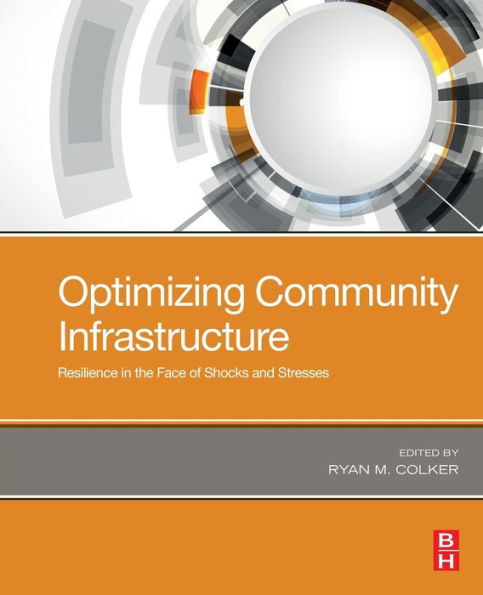5
1
9780128162408



Optimizing Community Infrastructure: Resilience in the Face of Shocks and Stresses available in Paperback, eBook

Optimizing Community Infrastructure: Resilience in the Face of Shocks and Stresses
- ISBN-10:
- 0128162406
- ISBN-13:
- 9780128162408
- Pub. Date:
- 10/11/2019
- Publisher:
- Elsevier Science
- ISBN-10:
- 0128162406
- ISBN-13:
- 9780128162408
- Pub. Date:
- 10/11/2019
- Publisher:
- Elsevier Science

Optimizing Community Infrastructure: Resilience in the Face of Shocks and Stresses
$130.0
Current price is , Original price is $130.0. You
130.0
In Stock

Product Details
| ISBN-13: | 9780128162408 |
|---|---|
| Publisher: | Elsevier Science |
| Publication date: | 10/11/2019 |
| Pages: | 310 |
| Product dimensions: | 7.50(w) x 9.25(h) x (d) |
About the Author
What People are Saying About This
From the B&N Reads Blog
